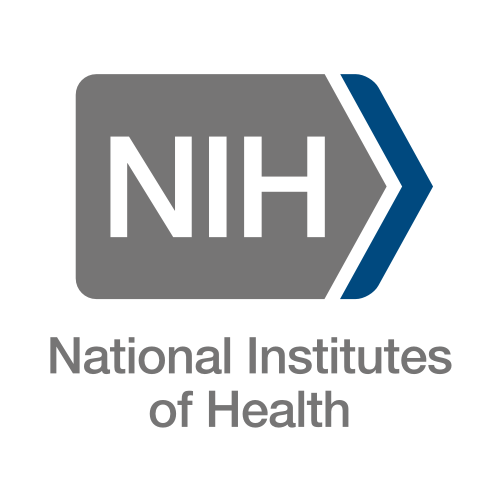
This article was originally published on Inside NIA: A Blog for Researchers.
If you are interested in health disparities and aging research, the NIA is ready, willing and able to help be a resource for you and the field. In recent months, we have undertaken several activities to enhance research opportunities, and I’d like to tell you about a few of these to keep you involved and make sure you’re up to speed!
Funding opportunities
The funding opportunity "Health Disparities and Alzheimer’s Disease (R01)" invites research applications that address the full spectrum of Alzheimer’s in diverse communities—from increasing enrollment of underrepresented populations in Alzheimer’s studies, to basic neurobiology of the disease, to clinical manifestations and trajectories of cognitive decline, to the challenges faced by informal and family caregivers from diverse racial, ethnic, and socioeconomic groups. Note that applications under this FOA will be considered under the pay line for Alzheimer’s-related research. The next application due date is October 5, 2016.
A related funding opportunity, Emerging Directions for Addressing Health Disparities in Alzheimer’s Disease (R03)," invites small research grant applications (direct costs up to $50,000 per year; award period is two years) for the same areas. The next deadline for those applications is October 16, 2016.
NIA also continues its popular administrative supplement program, “Aging Research to Address Health Disparities,” in which applicants propose links to a research project with an existing NIA parent grant for examining health disparities related to aging. Applications are due again on August 11, 2016.
A framework for future research
We published the NIA Health Disparities Research Framework in 2015. Drs. Eliseo Perez-Stable (Director, National Institute on Minority Health and Health Disparities) and Norman B. Anderson (past CEO/Executive Director, American Psychological Association) teamed with me and NIA Deputy Director Dr. Marie A. Bernard to develop this article describing the Framework, its underpinnings, and ramifications. The Framework was developed by the Task Force for Minority Aging Workforce of the NIA National Advisory Council, with input from many NIA staff members. It was endorsed by the National Advisory Council. The Framework provides a landscape for stimulating interdisciplinary approaches to particular research problems, evaluating research productivity, and identifying opportunities for innovative health disparities research related to aging.
Also in 2015, the NIA used the Framework to guide the development of the funding opportunity "Aging Research on Stress and Resilience to Address Health Disparities in the United States (R01)." This FOA was designed to stimulate interdisciplinary research on health disparities and aging focused on stress and resilience along the life course. We received a number of high-quality applications that will be reviewed later this summer.
Conferences in California and Bethesda
On March 16 of this year, the NIA-supported Latino Aging Research Resource Center hosted an all-day conference, Diversity and Cognitive Aging: Progress and Future Challenges (PDF, 206K) at the University of California, Davis. The conference highlighted research NIA has supported at UC Davis and UC San Francisco and brought together leading national experts from across the country. Drs. Ladson Hinton, Charli DeCarli, Anna Napoles, Jennifer Manly, Lisa Barnes, and Mary Haan participated in a panel discussion on critical issues for future cognitive aging research. Junior scientists from NIA-funded training programs at UC Davis and UC San Francisco also talked about their work on how neighborhood characteristics, ethnicity, education, socioeconomic status and early life experiences influence and help shape cognition in diverse population groups. I invite you to watch a video of the conference.
On April 26-27, NIA’s Resource Centers for Minority Aging Research (RCMARs) held their Annual Investigator’s Meeting on the NIH campus in Bethesda. NIA Director Dr. Richard Hodes in his opening remarks highlighted the importance of the RCMARs to the NIA. Dr. Monica Ramirez Basco, of NIH’s Center for Scientific Review, discussed emerging directions for research that examines the peer review process to help accomplish NIH’s diversity goals. Investigators from all seven RCMARs shared results of minority aging and health disparities research in a wide range of areas and levels of analysis. Staff from NIA’s extramural divisions and Intramural Research Program also led workgroup discussions to share opportunities and tips for applying to the NIA for research resources.
As you can see, the Office of Special Populations has been busy! Please consider joining us by applying to one of our funding opportunities and keeping an eye out for our upcoming meetings, panel discussions, and symposia.






